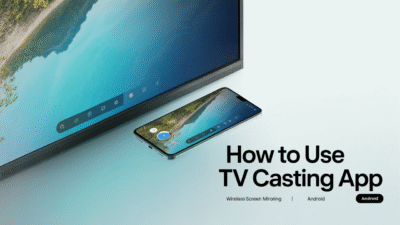If you’re developing apps for Android 13, mastering permission handling is essential. With Google refining the way apps interact with user data and device features, understanding how to navigate these changes will set your app apart in terms of functionality and user trust. In this guide, we’ll walk through best practices for handling permissions in Android 13 like a pro developer.
Why Permissions Matter in Android 13
Android 13 introduced several changes aimed at improving user privacy and control over their data. As a result, developers need to be more intentional about when and how they request permissions. Improper handling can lead to poor user experiences or even rejection from the Google Play Store .
Media Permissions: A New Approach
One of the most notable changes in Android 13 is how media permissions are handled. Gone are the days of broad storage permissions like READ_EXTERNAL_STORAGE. Instead, apps must now request access to specific types of media — such as photos, videos, or audio files — using granular permissions . This approach gives users finer control over what data your app accesses.
To implement this correctly:
- Update Your Manifest: Declare the specific media permissions your app requires.
- Request Permissions Contextually: Only prompt users for permissions when they’re about to use a relevant feature .
- Handle Results Gracefully: Make sure your app behaves appropriately if a user denies or revokes a permission .
Notification Permissions: Don’t Skip This Step
Starting with Android 13, apps must explicitly request the POST_NOTIFICATIONS permission before sending any notifications. This change ensures users aren’t bombarded with alerts from apps they didn’t authorize . If you’re using React Native or another framework, make sure to integrate native Android logic for requesting and handling this permission seamlessly across platforms.
Simplify with PermissionManager
To streamline the process, consider leveraging the PermissionManager class, which was introduced to help developers manage runtime permissions more efficiently . It abstracts much of the boilerplate code needed to check, request, and respond to permission results, making your codebase cleaner and easier to maintain.
Storage Access: Beyond the Old Permissions
Storage access has also evolved. While older versions relied on READ_EXTERNAL_STORAGE, Android 13 encourages scoped storage models and content-specific access. If your app needs broader access, it’s still possible via special-use cases, but only after justifying the need clearly to users . Always aim to minimize scope and explain why your app needs access to certain files or directories .
Best Practices Recap
- Be Contextual: Request permissions only when necessary and explain why your app needs them.
- Graceful Degradation: Allow users to continue using your app even if they deny certain permissions.
- Test Across Devices: Different OEMs may handle permissions slightly differently; ensure compatibility.
- Stay Updated: Android’s permission model continues to evolve, so keep an eye on new APIs and deprecations .
By following these strategies, you’ll not only comply with Android 13’s requirements but also build trust with your users by respecting their privacy and preferences. Handling permissions like a pro means thinking beyond code — it’s about creating a seamless and secure experience for everyone who uses your app.
